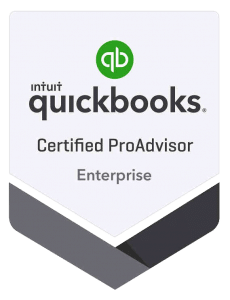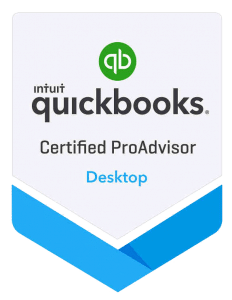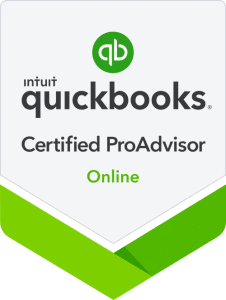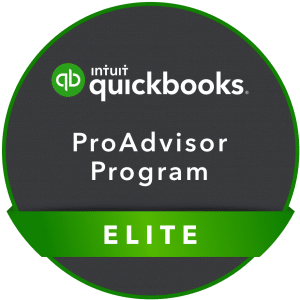Anyone who’s ever scrambled to finish a tax return at the last minute knows how easy it is to miss a step or two. Work papers scattered in different folders, confusing numbers, last year’s notes nowhere to be found, it can add up to some big headaches. Even worse, small oversights can snowball into bigger problems that take time and money to fix. Preparing a tax return isn’t just about filling in the blanks. It’s about being able to back everything up with the right paperwork, clearly and correctly.
Making sure your tax return work papers are accurate from the start saves you stress later on. Reliable documentation means you’re less likely to face issues when filing, and it helps things move faster if questions ever come up. Whether you’re handling this yourself or working with someone else, the quality of your work papers plays a big role in how smooth your tax preparation process is going to be.
Organize And Categorize Your Financial Documents
With dozens of documents flying around before tax season, it’s easy for things to get lost. The first step is building a system that keeps everything in one place and easy to access. An organized filing method helps you see the full picture of your financial year and keeps you from digging through stacks of paper or endless folders on your desktop.
The goal here isn’t to become a professional archivist, just to give everything a clear home. Think about these common categories:
1. Income (invoices, bank statements, 1099s, sales records)
2. Expenses (receipts, bills, travel costs, advertising fees)
3. Assets (equipment, property records, investment details)
4. Liabilities (loans, credit card statements, payroll liabilities)
Once these documents are grouped correctly, keep them consistently labeled. Don’t switch “utilities” to “office expenses” halfway through the year. That type of inconsistency will only cause confusion when you review everything later.
You don’t need expensive tools to do this well. Cloud-based storage systems let you create folders for each category, year, or client while giving you access from anywhere. Scanners and apps can back up paper records, making it easier to store receipts or handwritten notes without losing them.
Over time, having a clean system in place helps you avoid duplicate entries, missing expenses, or confusing totals when it’s time to prepare your return. Plus, if someone needs to review your records, it’ll be much easier to provide a full, clear picture.
Double-Check Information For Consistency
Once your documents are in order, it’s time to go through them with a fine-tooth comb. One misplaced number or missing entry can cause a mismatch that throws off the whole return. That’s why consistency is worth taking seriously. It’s not about being perfect, it’s about catching those little details before they create bigger issues.
Here are a few spots where mistakes often pop up:
1. Income reported in your software doesn’t match your bank deposits
2. Duplicate entries for the same transaction
3. Misclassified expenses, like putting a personal cost under a business category
4. Missing supporting documents for deductions or credits
To avoid these, take one category at a time and check entries across different records. For example, if you have a payment showing in your bookkeeping ledger, double-check that it appears accurately in your bank statements and matches the invoice total.
Building a habit of reviewing periodically throughout the year can help you stay on track. Waiting until the very end makes it easier to miss something. Suppose you paid for contractor work in July but made a note about it in September. Without cross-checking, you could end up recording it twice or missing it altogether.
These early steps set the stage for everything else that comes after. If your base information is solid, everything gets a little bit simpler from there.
Use Reliable Software For Precision
Keeping track of all those numbers can feel overwhelming, but technology is here to make things easier. Tax preparation software is one of the most helpful tools in ensuring everything adds up correctly. These programs help you organize data and reduce the chances of manual errors. By automating calculations and generating reports, they keep your figures consistent and precise.
Some well-regarded software options offer user-friendly interfaces and strong customer support. They are built to spot errors and provide helpful reminders about deadlines or missing information. In just a few clicks, you can pull up detailed records and summaries. This streamlines everything and makes reviews quicker too.
For many business owners, using this software brings peace of mind. You’re not constantly worried about whether a critical number or file slipped through the cracks. These programs come with features built to catch mistakes early, helping you avoid those frustrating last-minute scrambles.
Consult A Professional For Review
Even with the best software and filing systems in place, it’s smart to bring in a professional to review your work before submitting your return. A tax professional has the experience to spot mistakes most people wouldn’t even think to look for. Their oversight can catch issues that might otherwise go unnoticed until it’s too late.
Choosing the right person matters. Whether it’s a bookkeeper or an accountant, it helps to work with someone who understands your industry and the size of your business. A short conversation can usually tell you a lot. Ask about how they handle reviews, what their process looks like, and what kind of feedback you’ll receive.
An expert doesn’t just correct errors, they offer input that can improve the way you manage your financial documents in the future. They may suggest better categories, point out overlooked deductions, or help you maintain consistent records year-round. They bring a level of insight that turns a simple tax return into a more stable business practice.
The Value of Double-Checking Your Tax Return Details
Accuracy in your tax return work papers is a big deal. It’s what separates a chaotic, stressful tax season from one that’s calm and under control. Getting there means being orderly, careful, and not afraid to tap someone else for help.
An organized system gives you clarity. You’re not searching under piles of paper or flipping through digital folders filled with unlabeled files. When that’s paired with reliable software and backed by a professional’s eye, the picture really starts to come together.
It’s not about perfection. It’s about being thorough right from the beginning. That way, when filing season comes up, you can face it with some confidence that things are in order and ready to go. Keeping up with your documentation just becomes part of your good business habits. The better your prep, the smoother everything else will be.
Now that you know how important accuracy is for your records, taking the next step can make all the difference. If you want to feel confident when it’s time to file, let Cloud Bookkeeping help you stay organized with reliable tax return preparation designed to keep things simple and stress-free.






